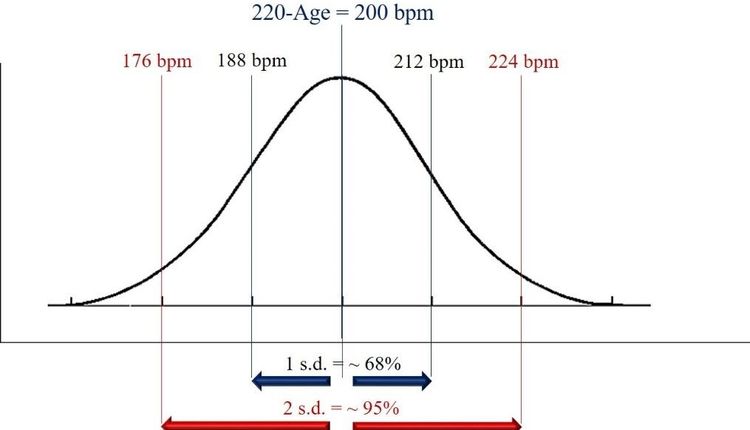Subject: Leading national organizations have released an inter-association task force summary statement on the Appropriate Medical Care for the Secondary School-Aged Athlete.
The statement appears in the July issue of the Journal of Athletic Training released on July 30. An electronic version of the complete summary statement is available at http://www.nata.org/jat/readers/archives/43.4/attr-43-04-416.pdf.
Purpose: To raise awareness about health and safety issues for secondary-school athletes in recreational, school and travel team activities.
Key Facts: More than seven million high school students participate in interscholastic athletics in the U.S., and there are approximately 715,000 sport-related and recreation-related injuries that occur in U.S. school settings each year.
Background: NATA and 16 other organizations have developed a summary statement to help athletic programs provide appropriate medical care and establish an athletic health care team to identify the resources they should make available to adolescents participating in organized athletic programs.
Conclusions: The consensus statement highlights 11 potential strategies for the prevention and treatment of injury and illness as they relate to athletic participation by secondary school-age individuals:
1. Develop and implement a comprehensive athletic health care administrative system Organizations sponsoring athletic programs for secondary school-aged individuals should establish a comprehensive athletic health care team (AHCT) that ensures appropriate medical care is provided for all participants. The AHCT should coordinate the various aspects of the athletes health in a coherent, effective and professional manner.
2. Determine the individuals readiness to participate A pre-participation physical examination (PPE) is used to identify individuals who may be at risk for the development of injuries related to their activity and those who may be at risk for sudden death due to an underlying medical problem.
3. Promote safe and appropriate practice, competition and treatment facilities Provide a safe environment for all athletes, including keeping the premises in safe repair, inspecting the premises for obvious and hidden hazards, removing the hazards if possible or warning of their presence.
4. Advise on the selection, fit, function and maintenance of athletic equipment Provide access to appropriate equipment that is properly fit in accordance with manufacturer recommendations and maintained by qualified personnel.
5. Develop and implement a comprehensive emergency action plan An emergency action plan (EAP) is essential to ensure that all incidents are responded to in an appropriate manner and that the roles of the AHCT members are well defined and communicated in advance.
6. Establish protocols regarding environmental conditions It is crucial that organizations responsible for athletic events develop policies and protocols to address the safety of play in hazardous environmental conditions.
7. Provide for on-site recognition, evaluation and immediate treatment of injury and illness, with appropriate referrals Having a qualified individual on site and ready to care for the ill or injured person is critical to the safety of the participants and for decision making regarding when an athlete can safely return to play.
8. Facilitate rehabilitation and reconditioning The process of rehabilitation and reconditioning is fundamental for the safe return of injured athletes to their prior level of competition as quickly as possible and prevention of further injuries.
9. Provide for psychosocial consultation and referral The AHCT should be able to identify potential psychosocial pathologies (e.g., disordered eating) frequently associated with secondary school-aged athletes and refer them for appropriate diagnosis and management.
10. Provide scientifically sound nutritional counseling and education It is essential that valid and understandable information regarding nutrition be provided to secondary school-aged athletes, parents and coaches. Even more essential is the ability to refer athletes to appropriate medical personnel for treatment when necessary.
11. Develop injury and illness prevention strategies A public health framework can be used to develop effective interventions to reduce the affliction of injuries and illnesses to these young persons.
Task Force
The task force is comprised of 17 groups, including such organizations as:
· American Academy of Family Physicians
· American Academy of Orthopaedic Surgeons
· American Academy of Pediatrics
· American Public Health Association
· Emergency Medical Services
· National Association of School Nurses
· National Association of Secondary School Principals
· National Athletic Trainers Association
· National Federation of State High School Associations
· National Safety Council
· Presidents Council on Physical Fitness and Sports
The National Athletic Trainers' Association represents and supports 30,000 members of the athletic training profession. NATA advocates for equal access to athletic trainers for patients and clients of all ages and supports H.R. 1846. Only 42% of high schools have access to athletic trainers. NATA members adhere to a code of ethics. For more information, visit www.nata.org.







